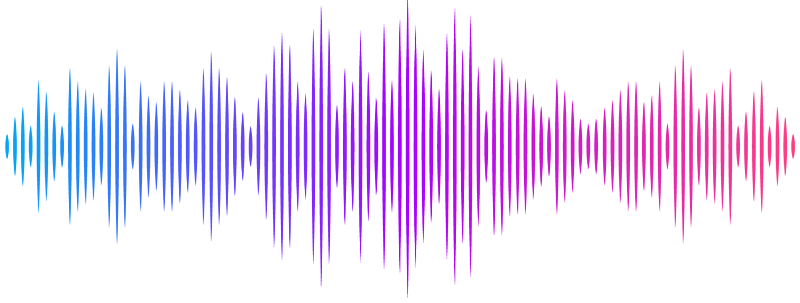Effects of increasing hydrostatic pressures on marine microbial enzymatic activities

Effects of increasing hydrostatic pressures on marine microbial enzymatic activities
Balmonte, J. P.; Arnosti, C.; Bartlett, D. H.; Caddell, S.; Glud, R. N.
AbstractHigh hydrostatic pressure is characteristic of the deep ocean and presumed to influence microbial functions and viability. However, marine microbial processes are typically measured only at atmospheric pressure (0.1 MPa), limiting our understanding of pressure effects on the activities of microbes that sink as part of the biological carbon pump as well as those that reside in the deep ocean. To test pressure effects on microbial functions, we measured extracellular enzymatic activities, the first step in organic matter remineralization, of a moderate piezophile (Photobacterium profundum SS9), as well as of microbial communities in waters and sediments from shallow to abyssal (5,500 m) depths and their cell-free enzymes (<0.2 um). Activities were measured at 0.1-100 MPa to assess the pressure effects across the nearly full range of oceanic depths. P. profundum SS9 enzymes show varying pressure effects, from considerable stimulation at optimal pressure (28 MPa) to near complete inhibition (100 MPa). Pressure effects were measured for diverse protein- and carbohydrate-degrading and phosphorus-acquiring enzymes among pelagic and benthic microbial communities. The most common pressure effect is partial activity reduction, indicating a dampening of the initial step of carbon remineralization at increasing pressures. However, retention of cell-free enzymatic activities at higher pressures was occasionally observed even for enzymes from surface-originating assemblages, indicating functionality down to hadal depths and their potential for piezotolerance. These variable pressure effects must be considered when quantifying degradation rates of sinking and deposited particulate matter at increasing pressures in the deep ocean.